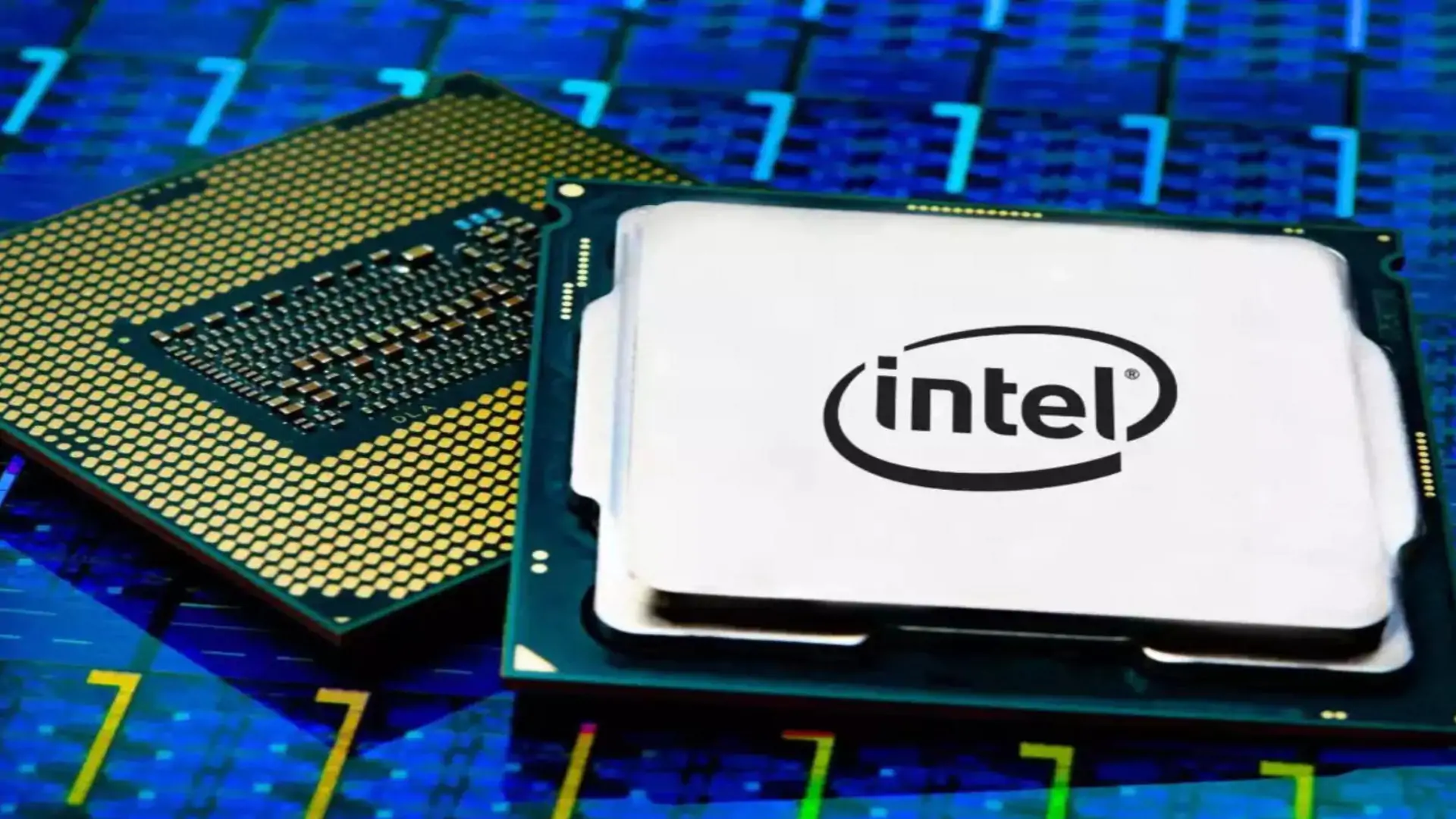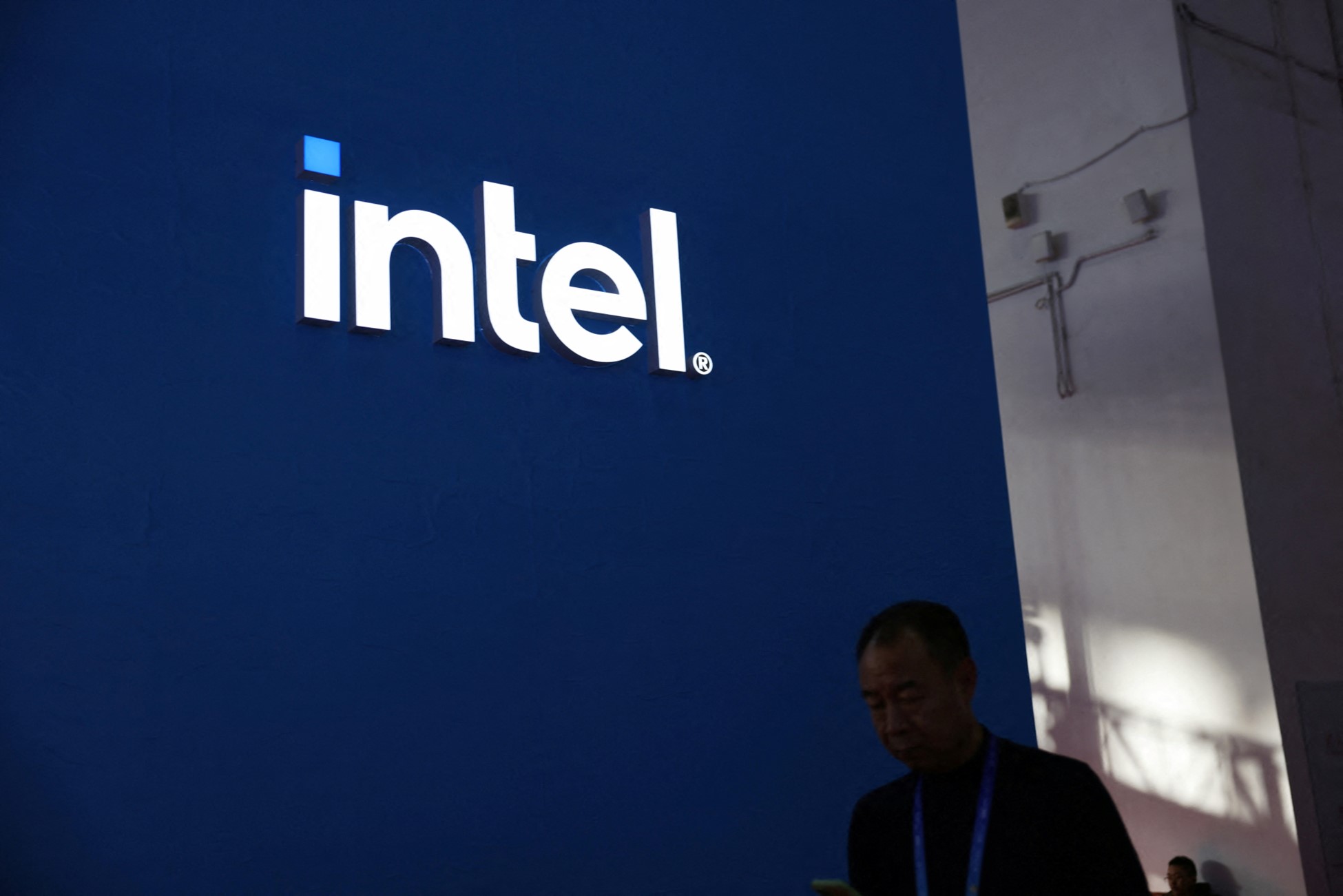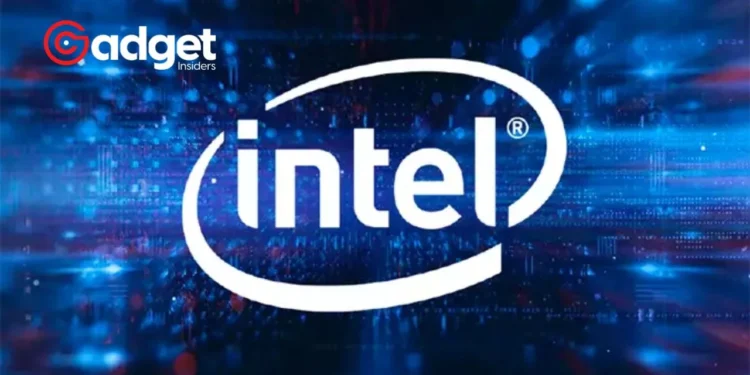In a year that saw unprecedented challenges ripple through the global chip-making industry, Intel’s journey was notably turbulent. With a staggering $7 billion operating loss in 2023, the tech giant found itself grappling with significant setbacks. This downturn marks a significant moment in Intel’s storied history, reflecting both the company’s struggles and the shifting dynamics within the semiconductor sector.
As the industry at large experiences a boom, the chip manufacturing giant’s missteps have led to a decline, with its shares taking a 4.3% hit following the announcement.

The Crux of the Crisis
The heart of Intel’s woes can be traced back to its chip-making unit. A closer examination reveals a substantial increase in operating losses from $5.2 billion the previous year to $7 billion in 2023. This downturn was accompanied by a dramatic 31% decrease in sales, dropping from $27.49 billion to $18.9 billion.
At the World Economic Forum in Davos, the company’s logo stood as a stark reminder of the company’s current predicaments and the challenging road ahead.
Intel’s Strategy and Expectations Moving Forward
Under the leadership of CEO Pat Gelsinger, Intel has been candid about its path to recovery. The company anticipates its chipmaking division’s operating losses to peak in 2024, with hopes of achieving a break-even point by approximately 2027.
This projection is rooted in a strategic overhaul aimed at addressing past missteps and realigning the company’s trajectory.
Intel discloses $7 billion operating loss for chip-making unit https://t.co/4Qap8LYRq4 pic.twitter.com/ktGwbmvQfG
— Reuters (@Reuters) April 2, 2024
Intel’s bold move to disclose the full revenue of its foundry division marks a pivotal shift in its approach. Historically, the company’s focus has been on in-house chip manufacturing and design. However, the landscape is evolving, with competitors like Nvidia and AMD outsourcing production to foundries like TSMC.
In response, The company is not only doubling down on its CPU production but also venturing into the foundry business to serve other companies.
The Road to Redemption: Embracing EUV Technology
A significant part of Intel’s strategy involves embracing extreme ultraviolet (EUV) technology from Dutch firm ASML. This marks a departure from previous hesitations, signaling the chip-making giant’s commitment to reclaiming its footing in the semiconductor arena.
The adoption of EUV technology is expected to be a game-changer, enabling the brand to enhance efficiency and reduce costs in chip production.

Bolstering U.S. Semiconductor Leadership
Intel’s recent announcement of receiving up to $8.5 billion under the CHIPS and Science Act underscores the company’s pivotal role in the U.S. semiconductor industry.
This funding, aimed at boosting semiconductor production, R&D, and manufacturing, represents a significant vote of confidence in the company. It’s an acknowledgment of the company’s capacity to spearhead advancements in semiconductor technology and manufacturing.
A Pivotal Moment for Intel and the Semiconductor Industry
As Intel navigates through these turbulent times, the industry watches closely. The company’s strategic pivots, coupled with significant financial backing from the U.S. government, highlight a crucial phase in the brand’s journey. While challenges abound, the potential for revival and innovation remains strong.
Intel’s story is far from over; it is, in many ways, entering a new chapter marked by resilience, strategic recalibration, and a steadfast commitment to semiconductor excellence.










